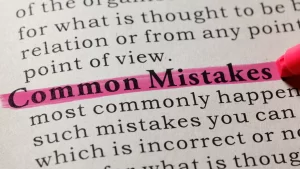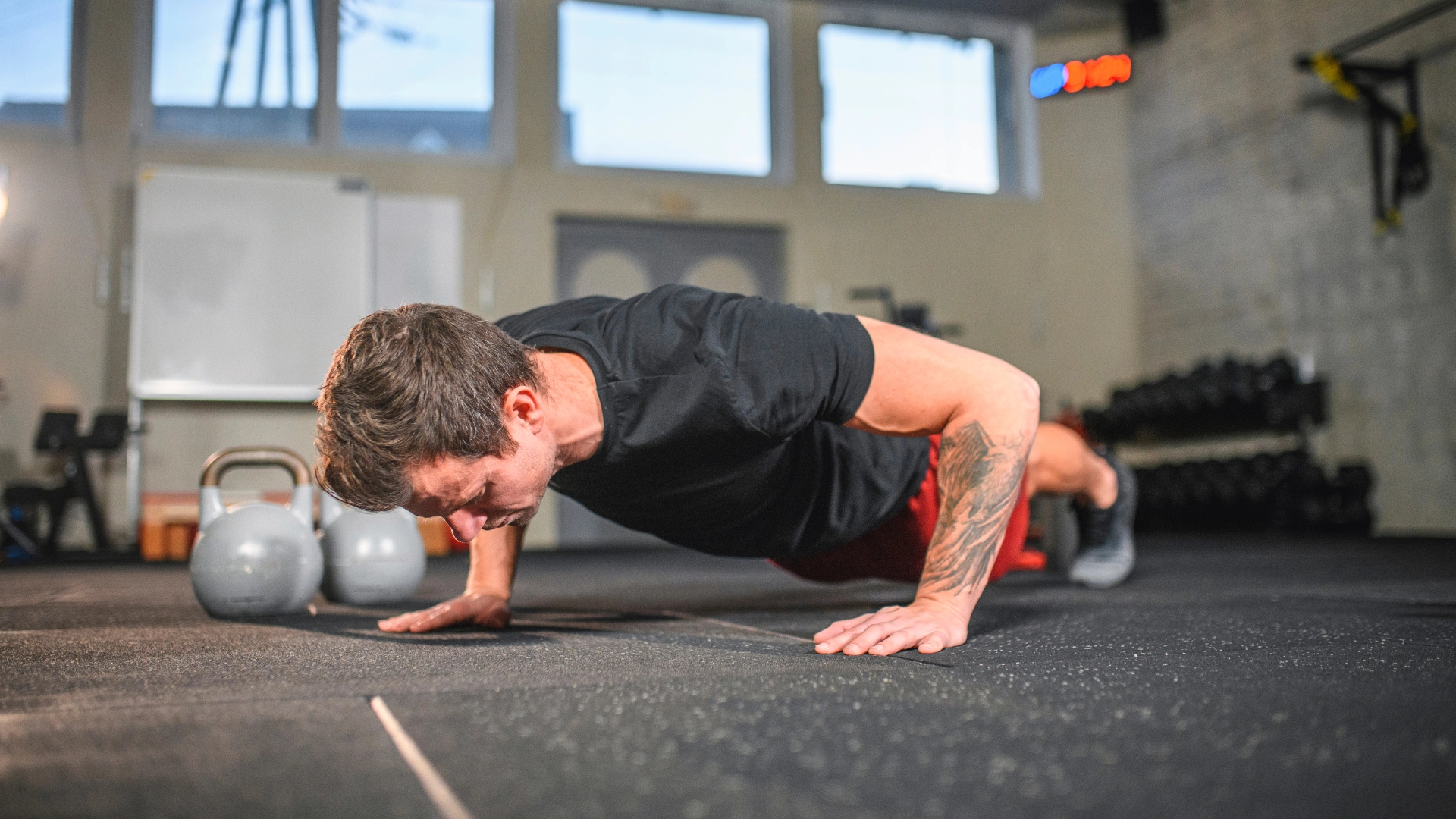The Importance of Proper Form in Exercise: 5 Ways to Maximize Results and Prevent Injuries
At GrowFit, we think that learning correct exercise form is the first step toward any successful fitness journey. Whether you’re a novice or seasoned athlete, reaching your fitness objectives safely and successfully depends on keeping proper form during training. We’ll look at the importance of perfect form and how it might change your workout regimen in this article.
Understanding Proper Form
When exercising, proper form refers to the appropriate body alignment and movement patterns. It entails keeping the correct posture, using the appropriate muscles, and controlling and precisely performing actions. When you exercise correctly, you’re not just following a set of exercises; rather, you’re getting the most out of each repetition.
Why Proper Form in Exercise Matters
1. Injury Prevention

One of the most critical reasons for maintaining proper form is injury prevention. Incorrect form can put unnecessary stress on your joints, ligaments, and muscles, leading to:
- Strains and sprains
- Chronic pain
- Long-term joint damage
By using proper form, you distribute the load evenly across your body, reducing the risk of both acute and overuse injuries.
2. Improved Exercise Effectiveness

Proper form ensures that you’re targeting the intended muscle groups effectively. This leads to:
- Better muscle activation
- More efficient workouts
- Faster progress towards your fitness goals
When you perform exercises correctly, you maximize the benefits of each movement, making your workouts more productive.
3. Enhanced Muscle Growth and Strength Gains

Correct form allows for optimal muscle fiber recruitment. This means:
- More muscle fibers are engaged during each exercise
- Greater potential for muscle growth and strength development
- Improved overall muscle definition and tone
4. Better Posture and Body Awareness

Practicing proper form during workouts can have positive effects on your posture and body awareness in daily life. This includes:
- Improved spinal alignment
- Increased core engagement
- Greater overall body control and balance
5. Increased Workout Safety

Proper form isn’t just about effectiveness – it’s about safety. When you exercise with correct form:
- You’re less likely to lose control of weights or equipment
- Your risk of falling or losing balance decreases
- You can better manage fatigue without compromising technique
Tips for Maintaining Proper Form in Exercise

- Start with the Basics: Master bodyweight exercises before adding external resistance.
- Use Mirrors: Practice in front of a mirror to visually check your form.
- Slow Down: Perform exercises at a controlled pace to focus on technique.
- Seek Professional Guidance: Work with a certified personal trainer to learn correct form.
- Record Yourself: Video your workouts to analyze and improve your form.
- Focus on Mind-Muscle Connection: Concentrate on feeling the targeted muscles working during each exercise.
- Don’t Ego Lift: Choose weights that allow you to maintain proper form throughout the entire set.
Common Form Mistakes to Avoid

- Rounding the back during deadlifts or squats
- Letting knees cave inward during leg exercises
- Using momentum instead of controlled movements
- Overarching the lower back during core exercises
- Failing to fully extend or contract muscles during repetitions
The Role of Proper Form in Different Types of Exercise
Strength Training
In strength training, proper form is essential for:
- Targeting specific muscle groups effectively
- Preventing strain on joints and connective tissues
- Ensuring progressive overload is applied safely
Cardiovascular Exercise
Even in cardio, form matters:
- Proper running form can improve efficiency and reduce injury risk
- Correct posture on cardio machines enhances workout effectiveness
Flexibility and Mobility Work
During stretching and mobility exercises:
- Proper form ensures you’re targeting the right muscles and joints
- It helps prevent overstretching and potential damage to tissues
Conclusion: Making Proper Form a Priority
At GrowFit, we place a strong emphasis on the value of appropriate form in all facets of fitness. You’re not just working out when you prioritize proper technique; you’re investing in your long-term health and fitness success. Recall that the key is to execute each exercise with quality; it doesn’t matter how much weight you lift or how quickly you move.
Take the first step toward improved form right now, and see how your exercises become safer, more efficient, and more fun. GrowFit is available to assist you at every stage of the process, regardless of your skill level.
For more information on specific topics covered in this guide, check out our detailed articles on:
FAQ’s
1. Why is proper form so important in exercise?
Proper form is crucial because it helps maximize the effectiveness of your workouts, targets the right muscles, reduces the risk of injury, and ensures you’re getting the most benefit from each exercise.
2. Can improper form lead to injuries?
Yes, using incorrect form can put undue strain on muscles and joints, potentially leading to pain and serious injuries. Proper form helps distribute stress correctly and safely across your body.
3. How can I learn the correct form for different exercises?
The best way to learn proper form is to work with experienced trainers, like those at GrowFit. They can provide personalized instruction and feedback on your technique for various exercises.
4. Will using proper form make my workouts more effective?
Absolutely. Proper form ensures you’re targeting the intended muscles and using the correct range of motion, which can lead to faster and better results from your workouts.
5. Is it better to use lighter weights with proper form or heavier weights with less perfect form?
It’s always better to use lighter weights with proper form. This ensures you’re working the right muscles safely and effectively. As your form improves, you can gradually increase the weight.
6. How often should I check my form during workouts?
You should be conscious of your form throughout your entire workout. It’s a good practice to regularly check your form, especially when you’re fatigued, as this is when form tends to break down.
7. Can proper form help with breathing during exercise?
Yes, maintaining proper form often includes guidance on breathing techniques. Correct form can help promote better breathing, which in turn can improve your performance and endurance during workouts.
8. If I’ve been exercising with improper form, is it too late to correct it?
It’s never too late to improve your form. While it might feel challenging at first, correcting your form will lead to better results and reduced risk of injury in the long run. Working with a trainer can help you identify and correct any form issues.

